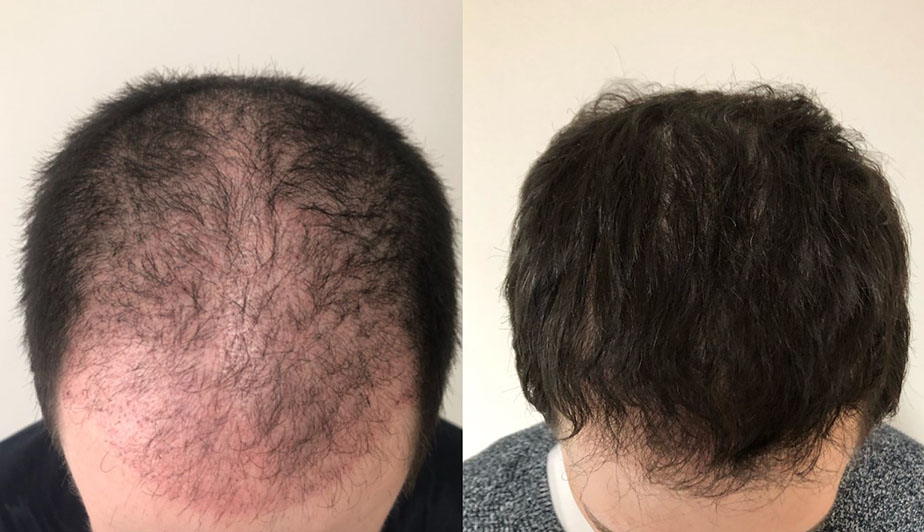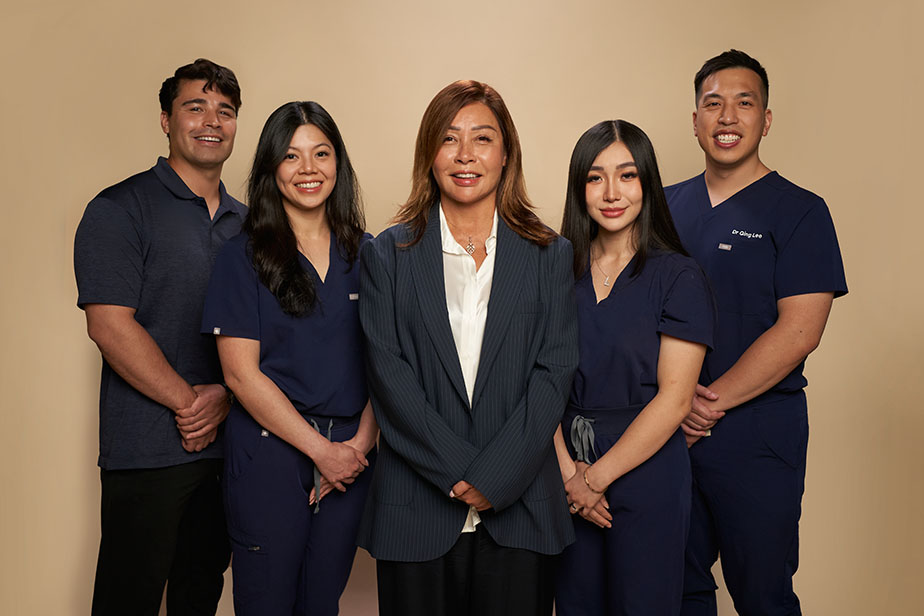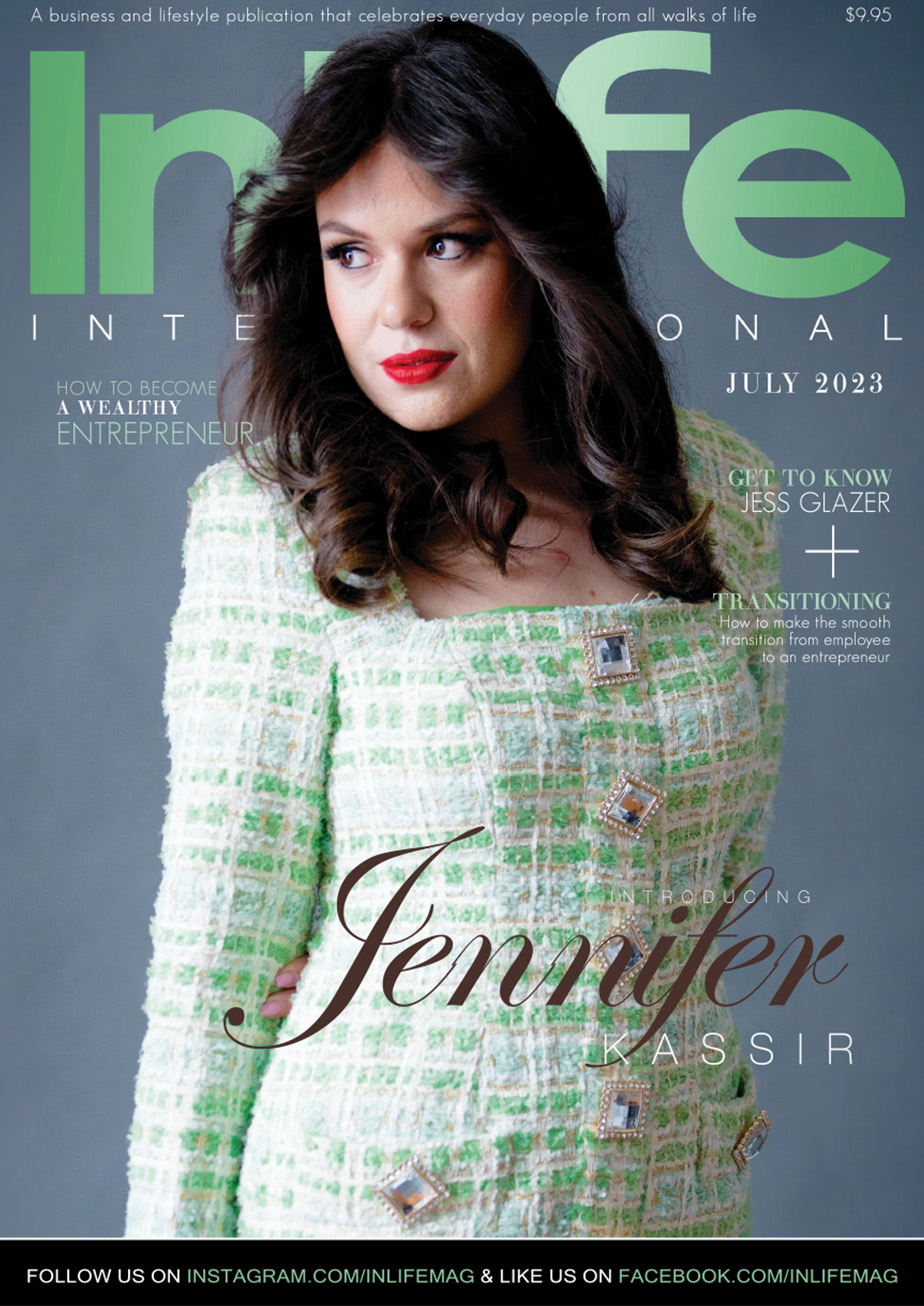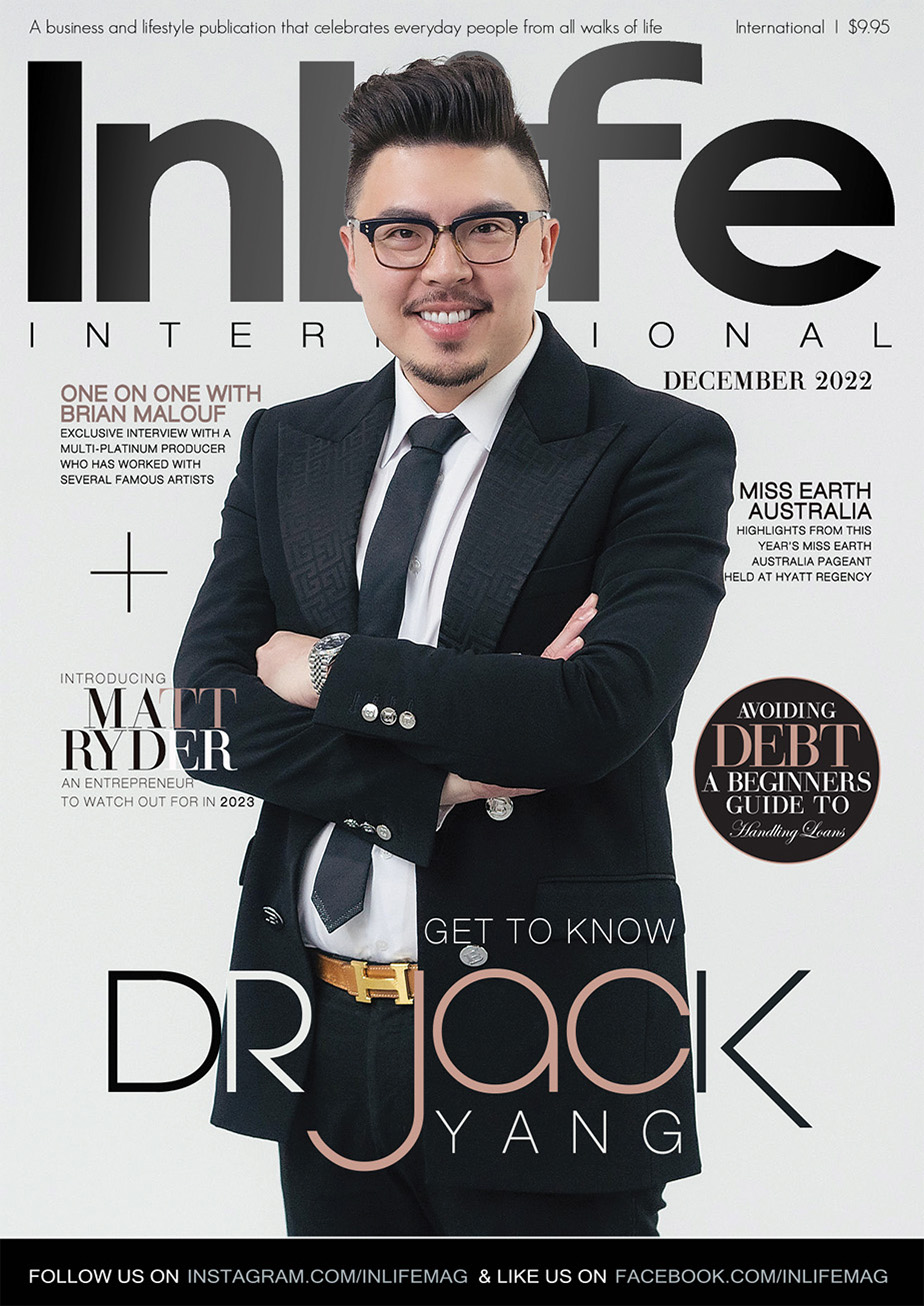Real-life patient before and after images. Individual outcomes may vary.
Hair loss is a widespread problem that cuts across demographics, affecting people of all ages and genders. Statistics reveal that approximately 50% of men in Australia will experience male pattern baldness and nearly 30% of women will experience female pattern hair loss during their lifetime. These figures emphasise the importance of finding experienced and qualified hair transplant doctors who offer the best hair transplant solutions to this widespread problem.
Understanding Hair Loss and Its Varied Causes
Hair loss manifests itself differently in men and women. For men hair loss often starts with a receding hairline and progresses to bald patches, while women often experience thinning along the crown of the scalp. The triggers for hair loss are varied, ranging from genetic predisposition and hormonal imbalances caused by conditions such as pregnancy, menopause and PCOS, to medical conditions such as alopecia hair loss, thyroid disorders, and autoimmune diseases. In addition, lifestyle factors such as stress, diet, and certain medications or medical treatments such as chemotherapy can exacerbate hair health problems.
Impact of Hair Loss on Emotional Well-Being
The emotional impact of hair loss cannot be underestimated. For many people, hair loss affects their confidence, self-image, and overall well-being. It’s not just a cosmetic concern but a psychological and emotional challenge that people deal with on a daily basis. Addressing this issue is not just a matter of aesthetics but an important step in restoring confidence and emotional balance.
Treatment Options for Hair Loss
There are usually two main approaches to treating hair loss. The first is surgical hair transplantation, performed by real surgeons using surgical procedures such as traditional hair transplants or neo grafts. The second is non-surgical treatments, often minimally invasive in nature, such as platelet-rich plasma (PRP) and platelet-rich fibrin (PRF) treatments. As this article focuses on hair transplantation, below is an in-depth exploration of the procedure, cost and effectiveness.
Exploring Hair Transplants
Neo graft hair transplant procedure
Neo Graft hair transplants typically begin with a comprehensive consultation between the patient and the surgeon.
Before the procedure begins, a preliminary evaluation is performed to assess the density and quality of the donor area. The surgeon and patient then work closely together to design a natural-looking hairline that matches the patient’s facial features and aesthetic preferences.
On the day of the procedure, the donor and recipient areas are given a local anaesthetic to ensure the patient’s comfort. Neo Graft’s automated technology is then used to harvest the grafts, extracting individual hair follicles from the donor area without the need for a linear incision. This automated process minimises scarring and speeds recovery.
The harvested hair follicles are then sorted according to their natural groupings to maintain the integrity of the grafts. The surgeon then prepares the recipient area by making small, precise incisions where the hair follicles will be implanted. The Neograft device is used to implant the harvested hair follicles into the recipient sites, using automation for increased precision.
Once the grafts have been successfully implanted, post-operative care instructions are provided. Patients typically resume their normal activities within a few days and the transplanted hair begins to grow naturally.
FUE Hair Transplant procedure
Similar to neo graft, FUE hair transplants begin with a thorough consultation where the surgeon assesses the patient’s suitability, discusses goals, and outlines expectations.
The donor area is carefully assessed to determine the quantity and quality of hair follicles available. The patient and surgeon work together to determine the design of the new hairline, considering factors such as symmetry and the patient’s desired appearance.
On the day of the procedure, both the donor and recipient areas are given a local anaesthetic to minimise discomfort. The surgeon then uses a special tool, such as a micropunch or motorised punch, to extract individual hair follicles directly from the donor area.
The extracted hair follicles are carefully sorted and prepared for implantation, maintaining their natural groupings. Small incisions are made in the recipient area, and the surgeon implants the extracted hair follicles into the prepared recipient sites. This step requires precision to achieve optimal density and a natural-looking result.
Post-operative care instructions are provided to guide patients through the recovery process. Most people can resume their daily activities within a few days, and the transplanted hair will gradually begin to grow.
Considerations and Cost Factors
Hair transplants can be expensive and are usually based on an individual’s specific needs and financial considerations. A NeoGraft hair transplant costs up to $18,000 or more, while FUE hair transplants can cost $13,000 or more.
If you are after cheap hair transplants in Sydney or cheap hair transplants in Melbourne, at Hair and Skin Science, NeoGraft procedures typically cost between $7,000 and $15,000, depending on the number of grafts. For up to 800 grafts, the procedure at Hair and Skin Science costs $7,000; for up to 2000 grafts, the procedure costs $9,500; and for 2000 grafts or more, the procedure costs $15,000.
Hair and Skin Science also offers FUE hair transplants for $7,500 for up to 800 grafts and $12,500 for up to 2000 grafts.
Final Thoughts
The prevalence and impact of hair loss are evident across society, affecting a vast number of individuals. For those looking for the best hair transplants in Australia, expertise and experience, as well as price, is an important factor in choosing the most cost effective hair transplant. These innovative treatments provided by clinics such as Hair and Skin Science present a beacon of hope, offering accessible solutions that contribute not just to restoring hair but to restoring confidence, emotional well-being, and vibrancy to individuals battling hair loss.
“This is an Advertisement Feature”


















